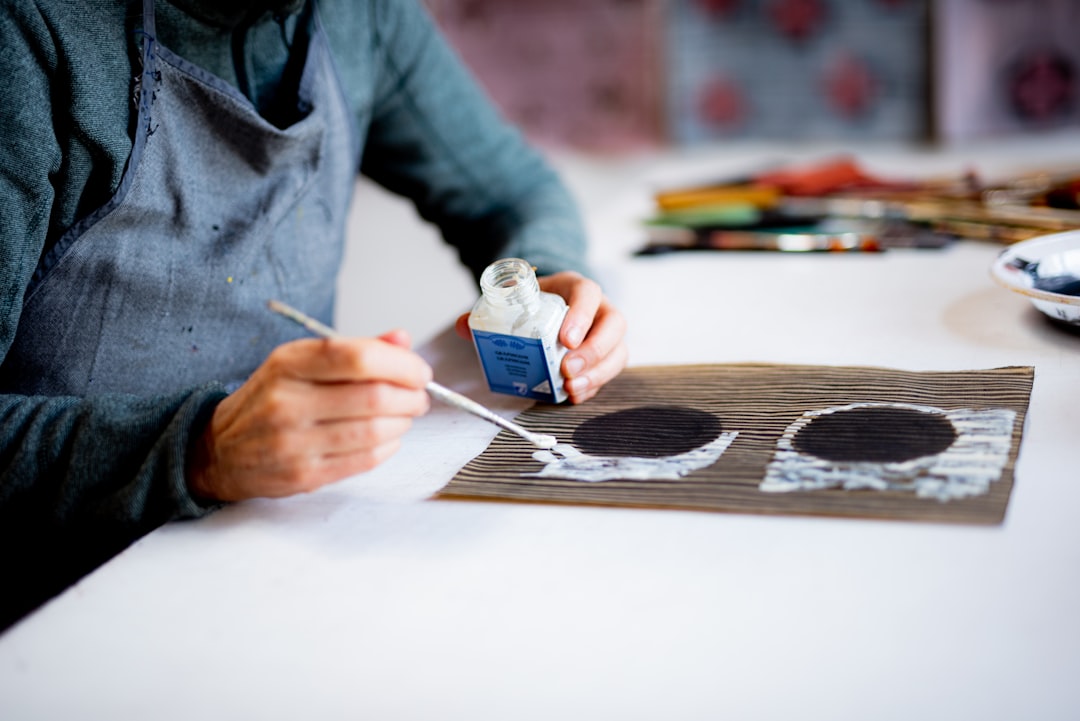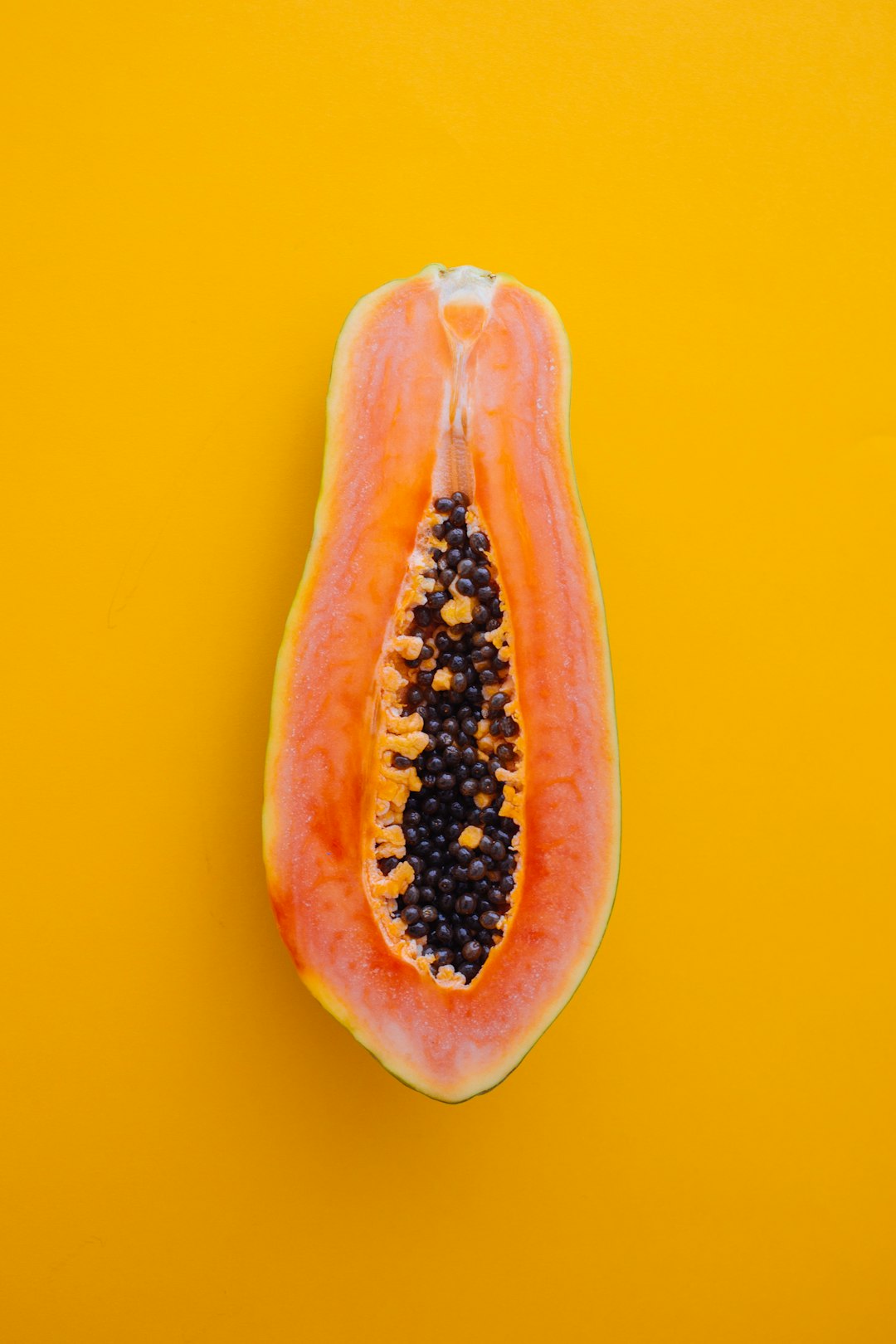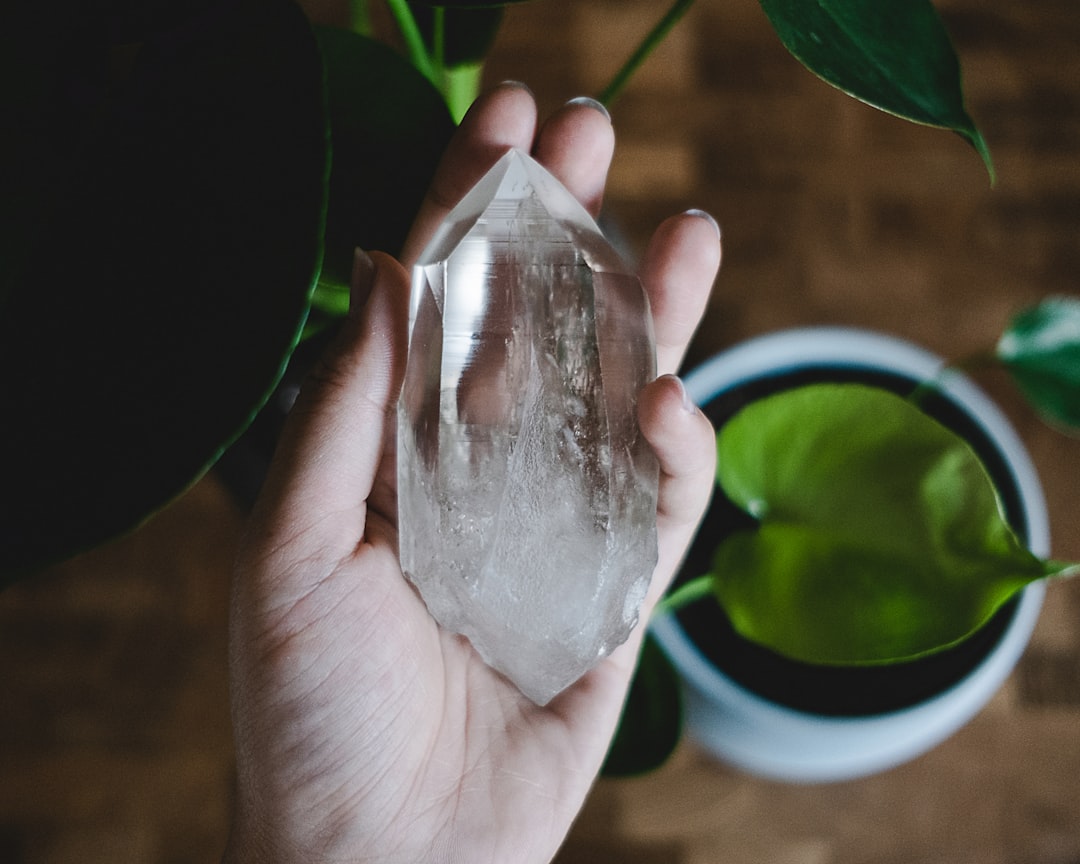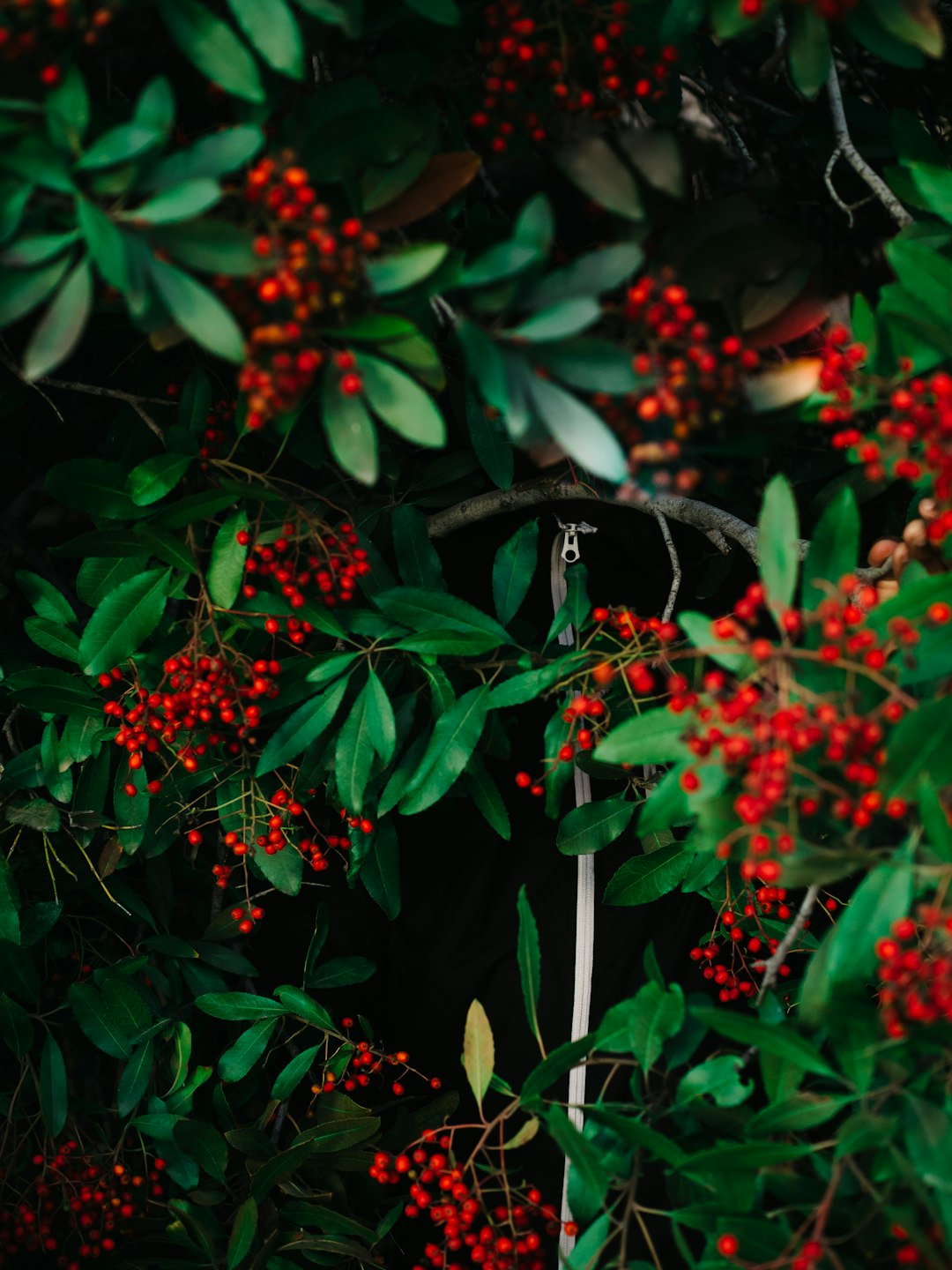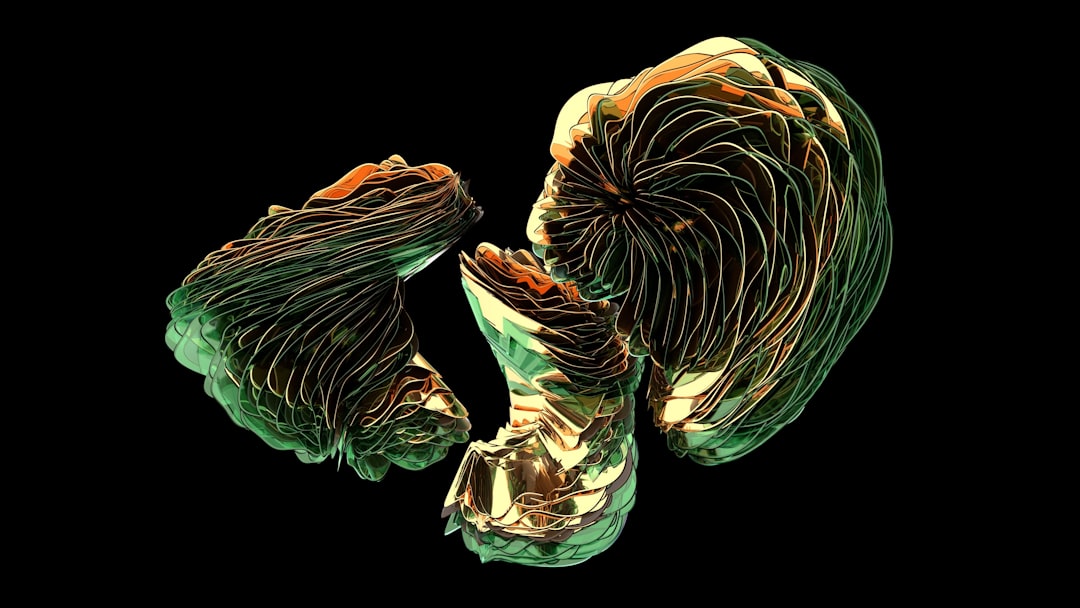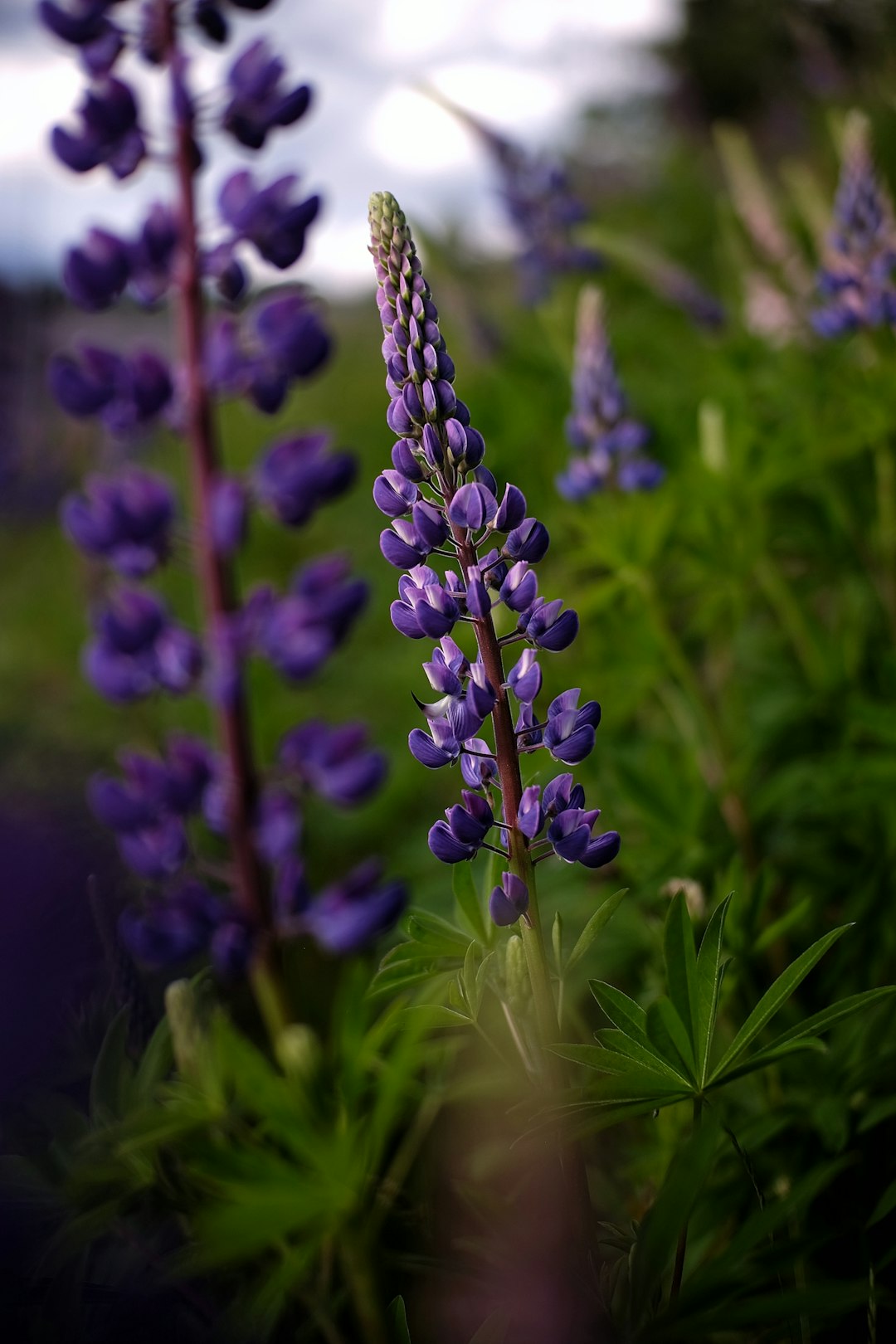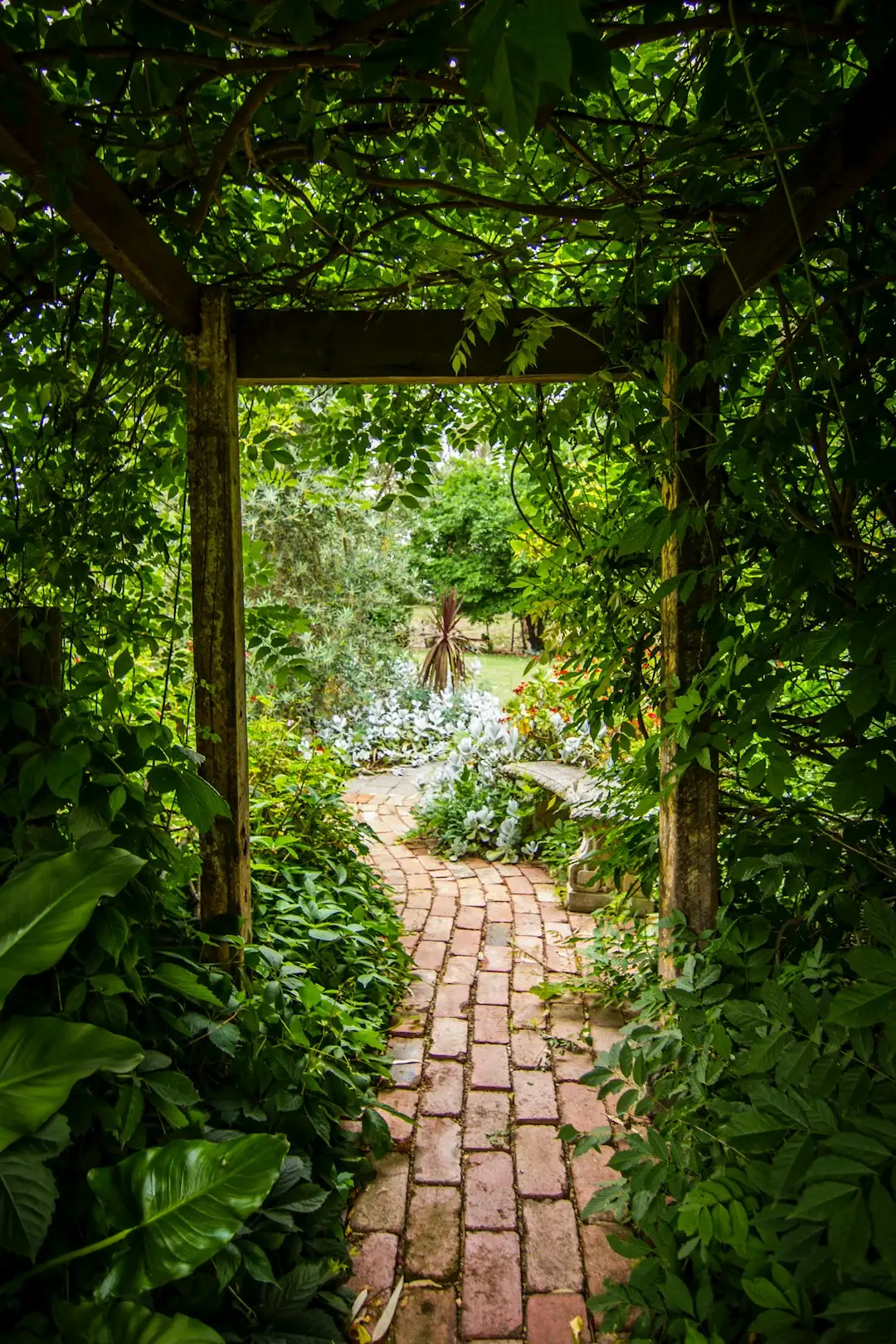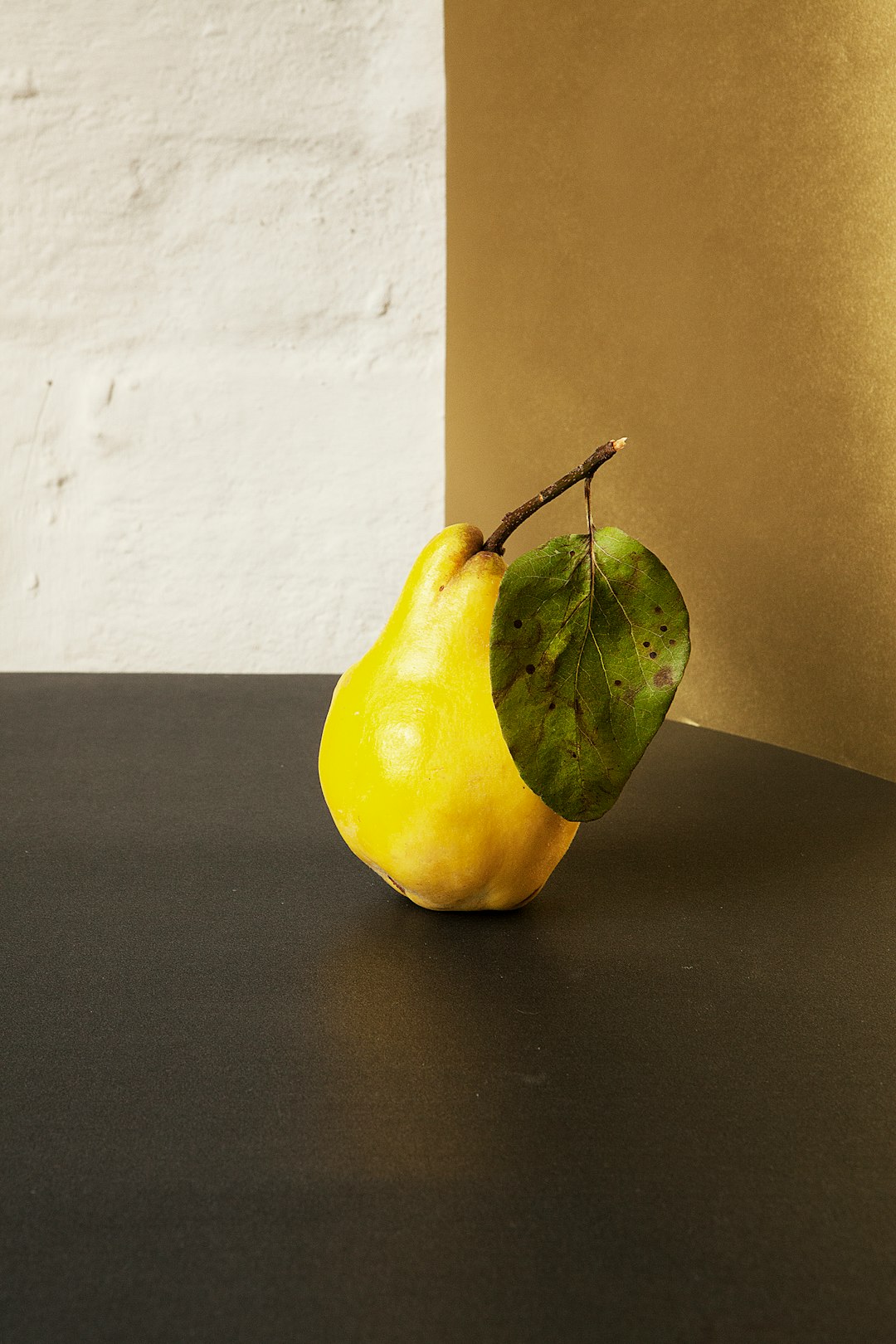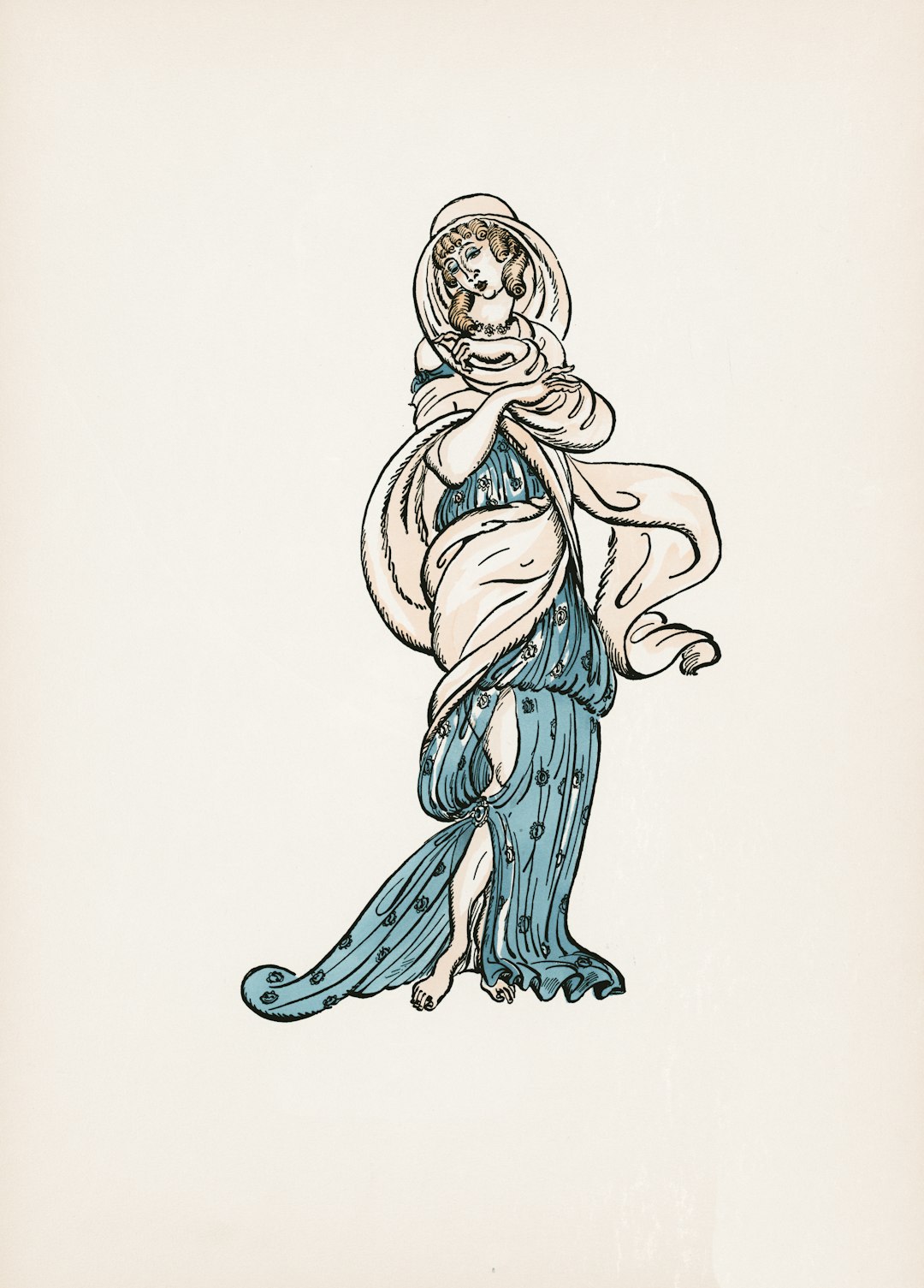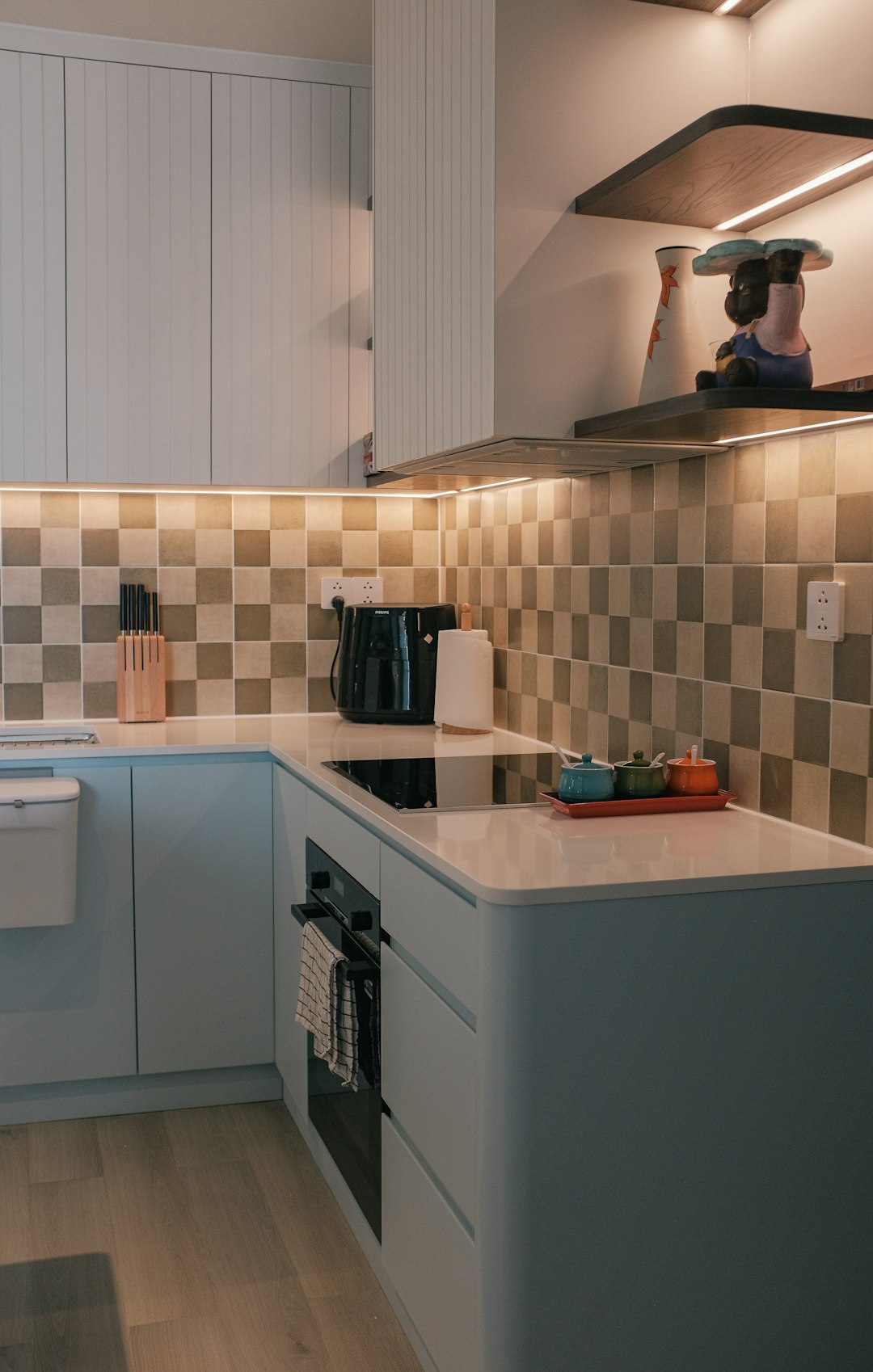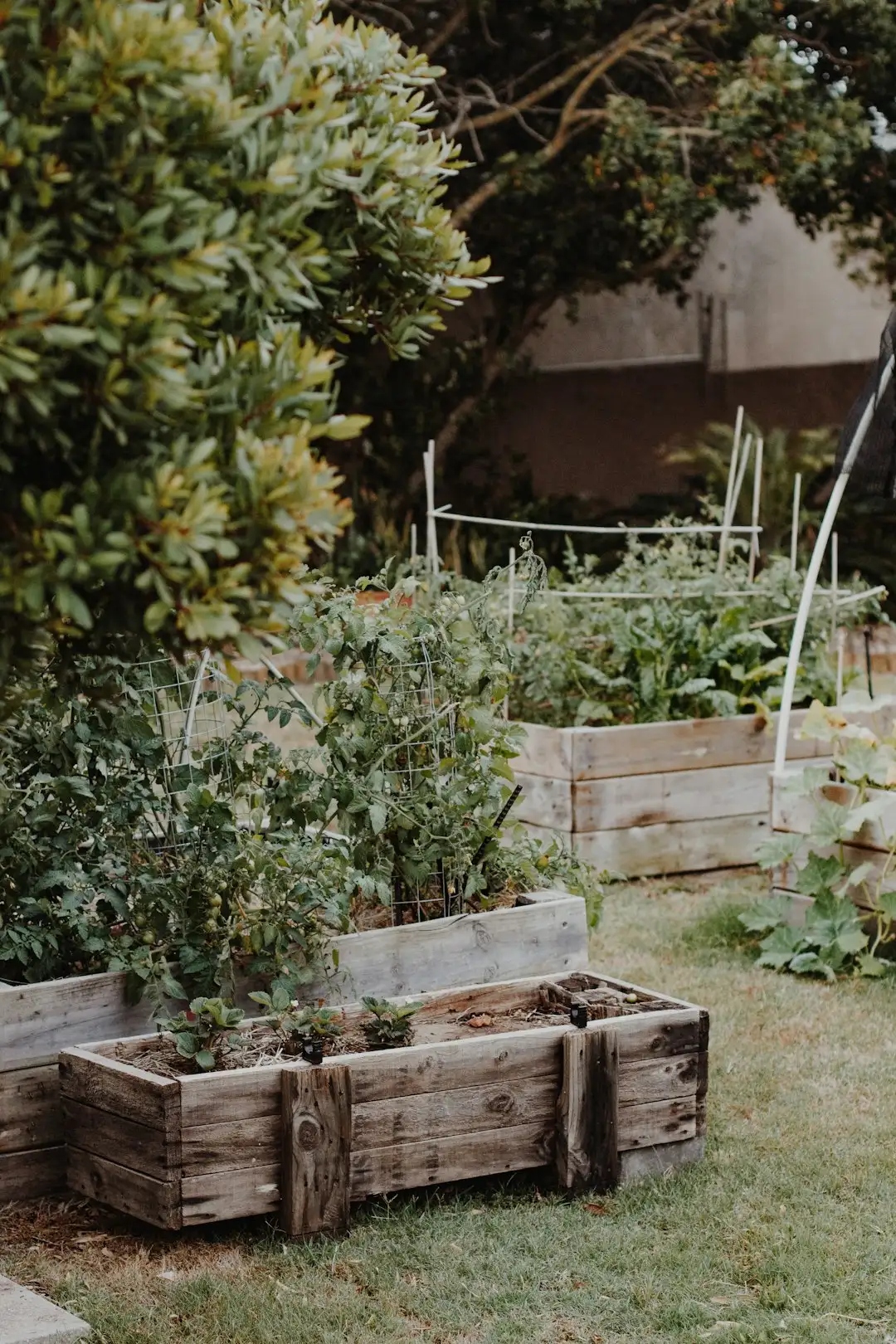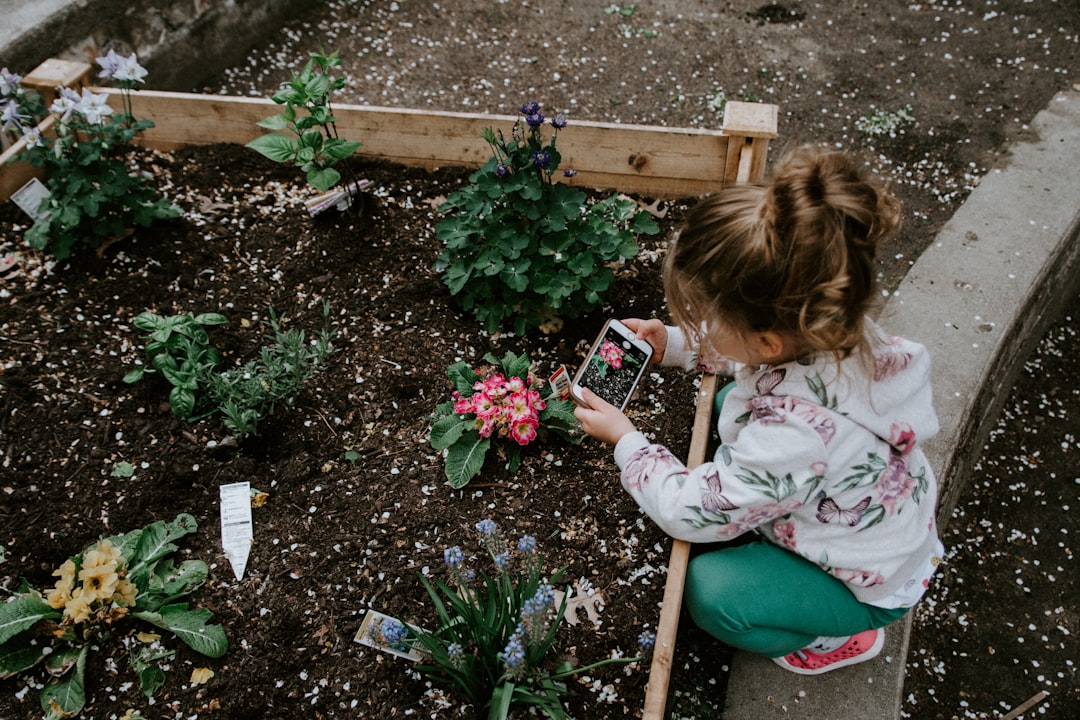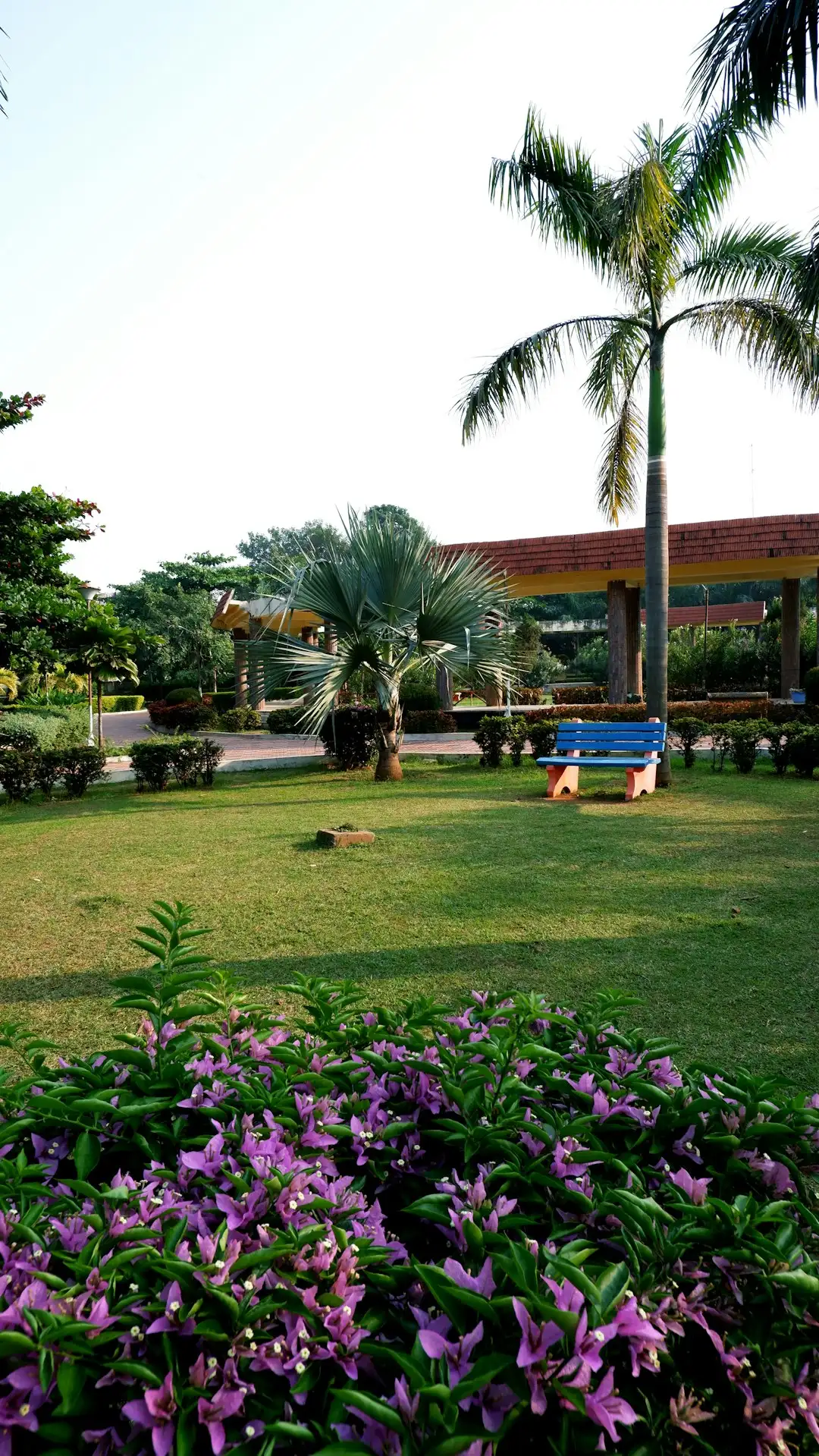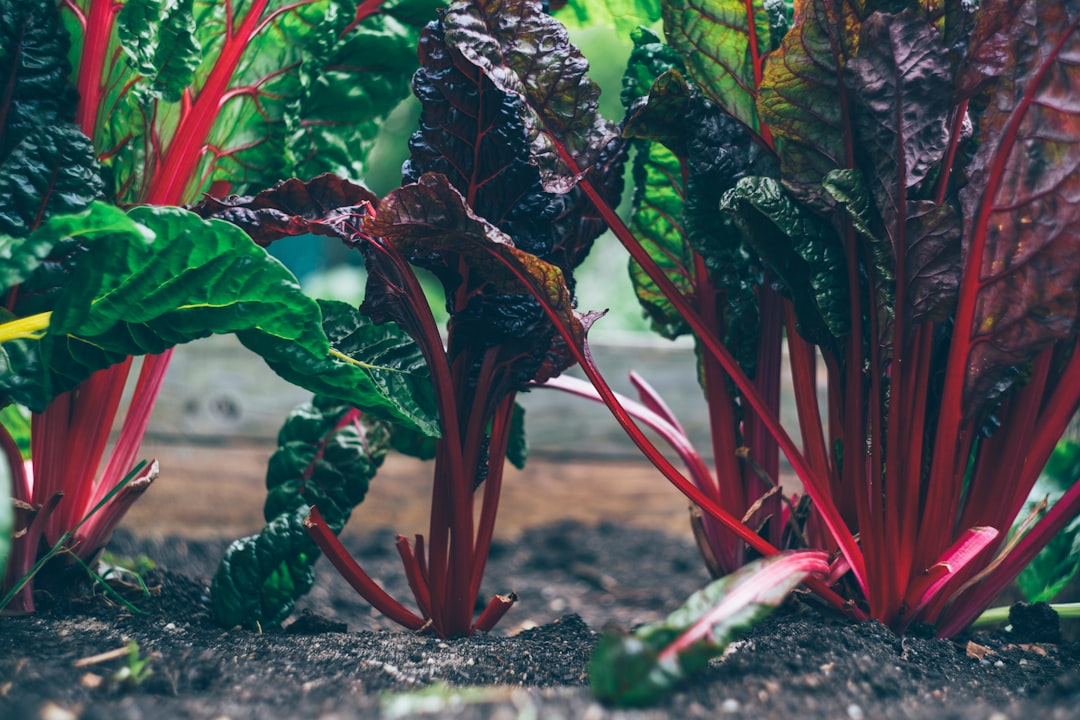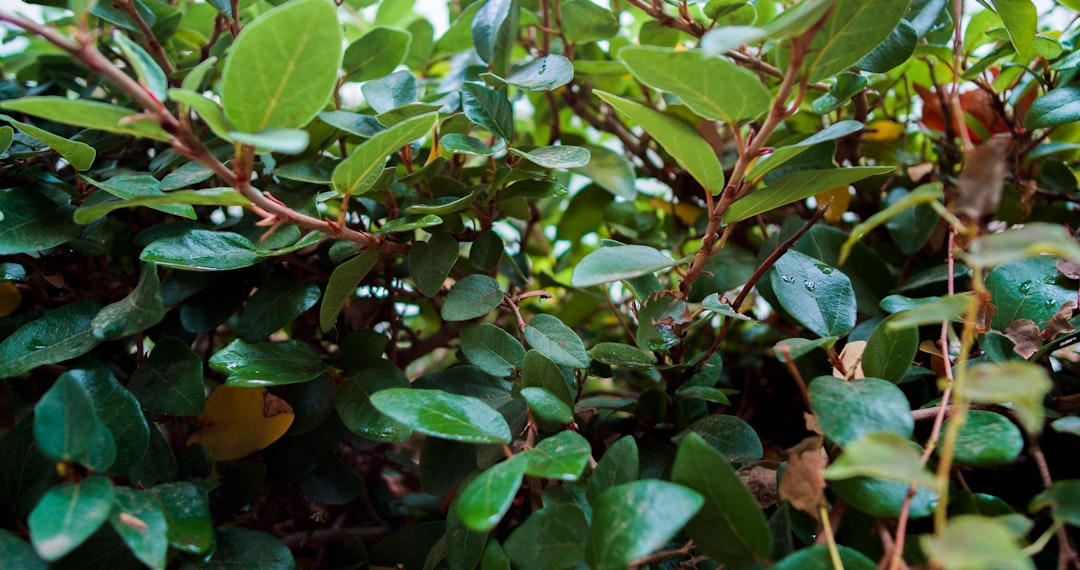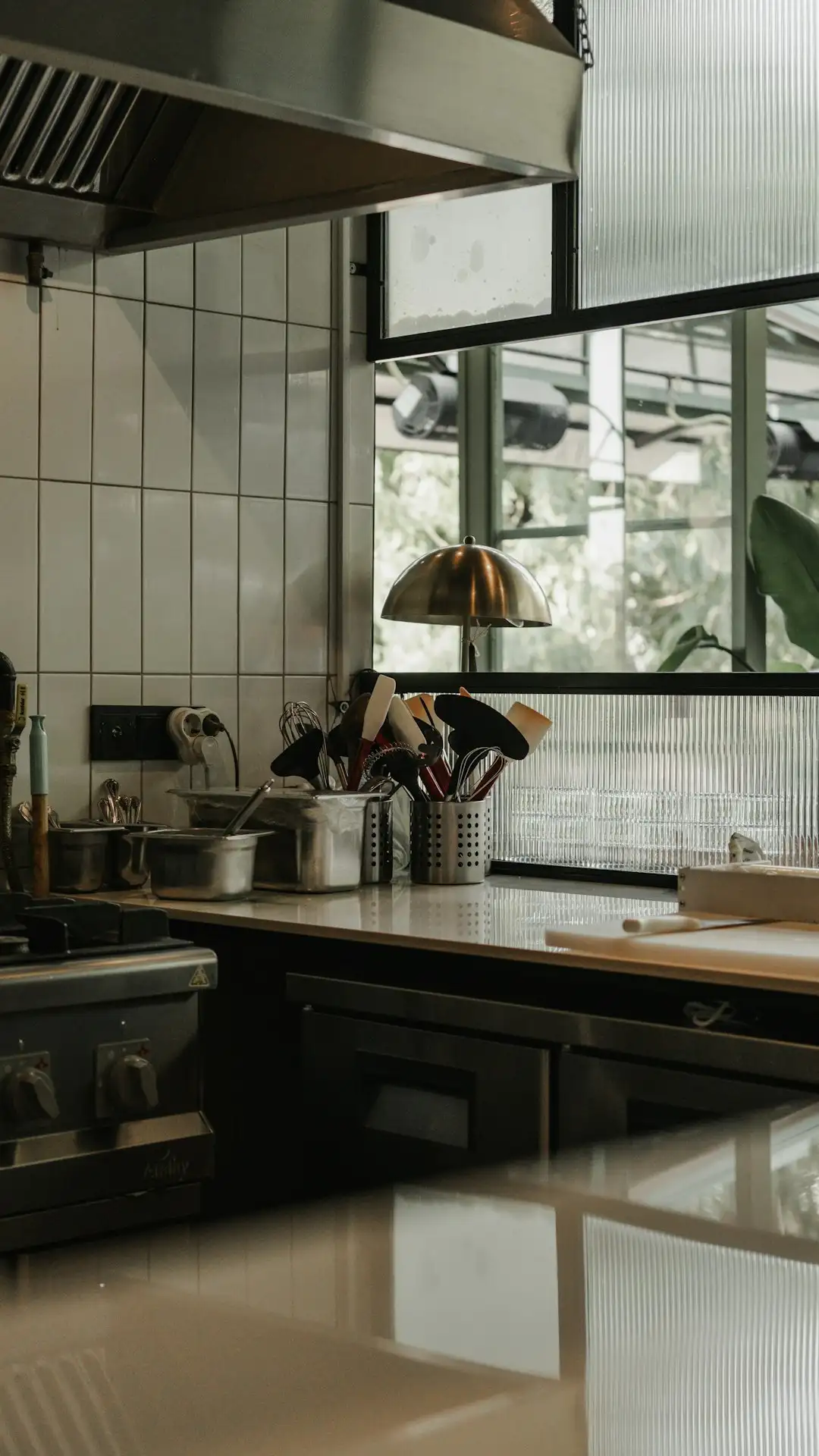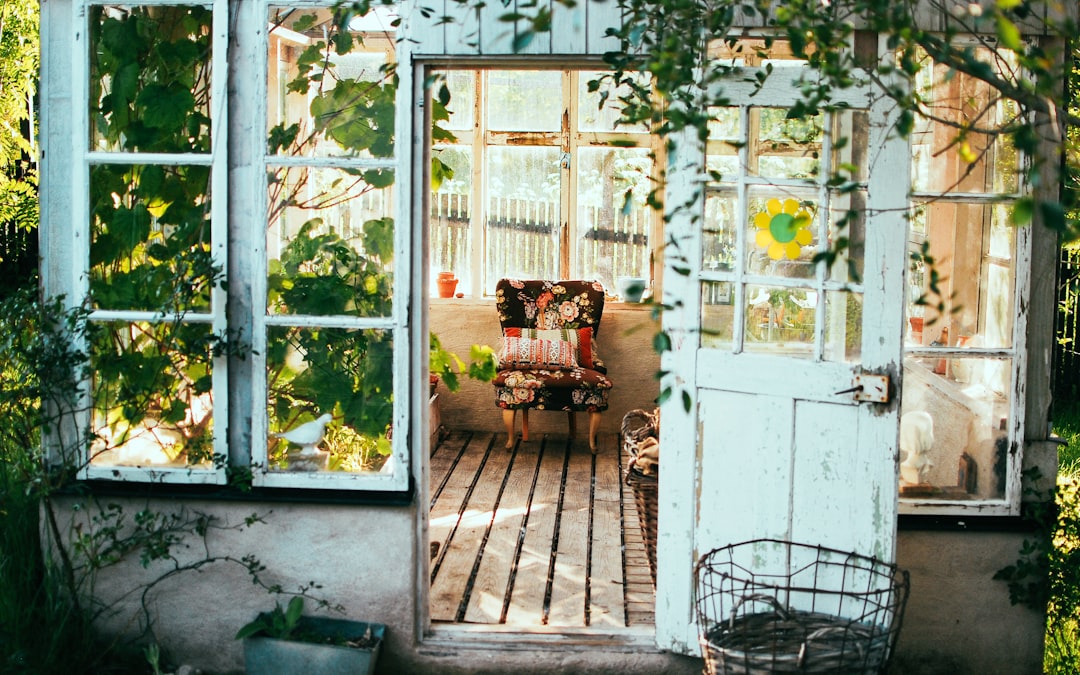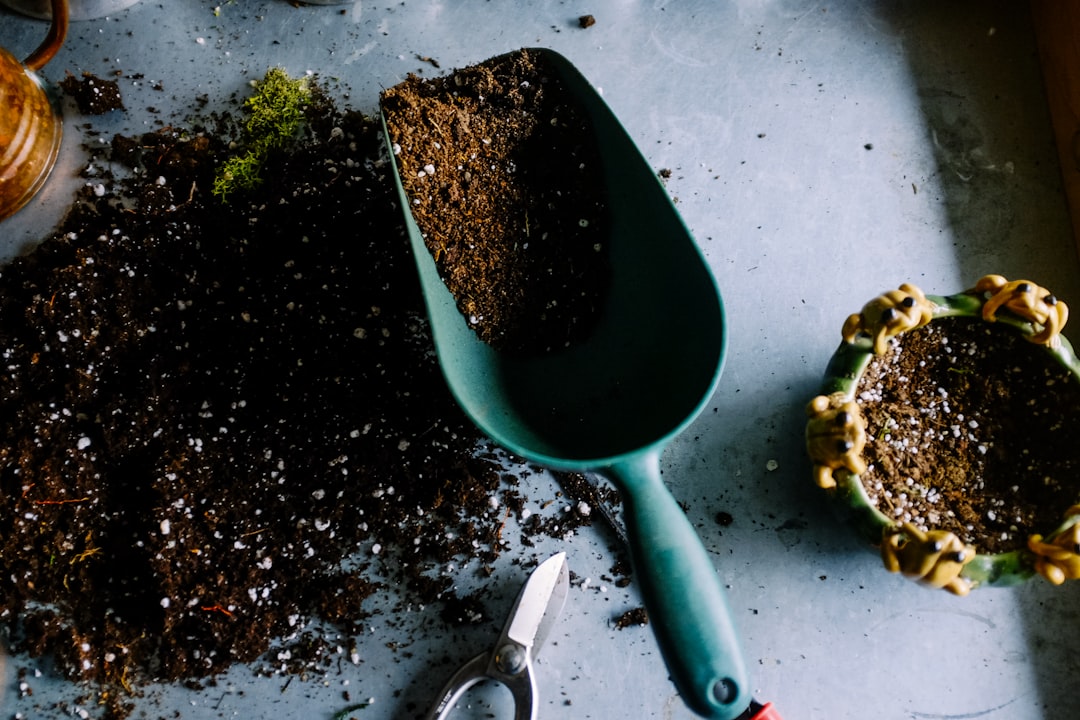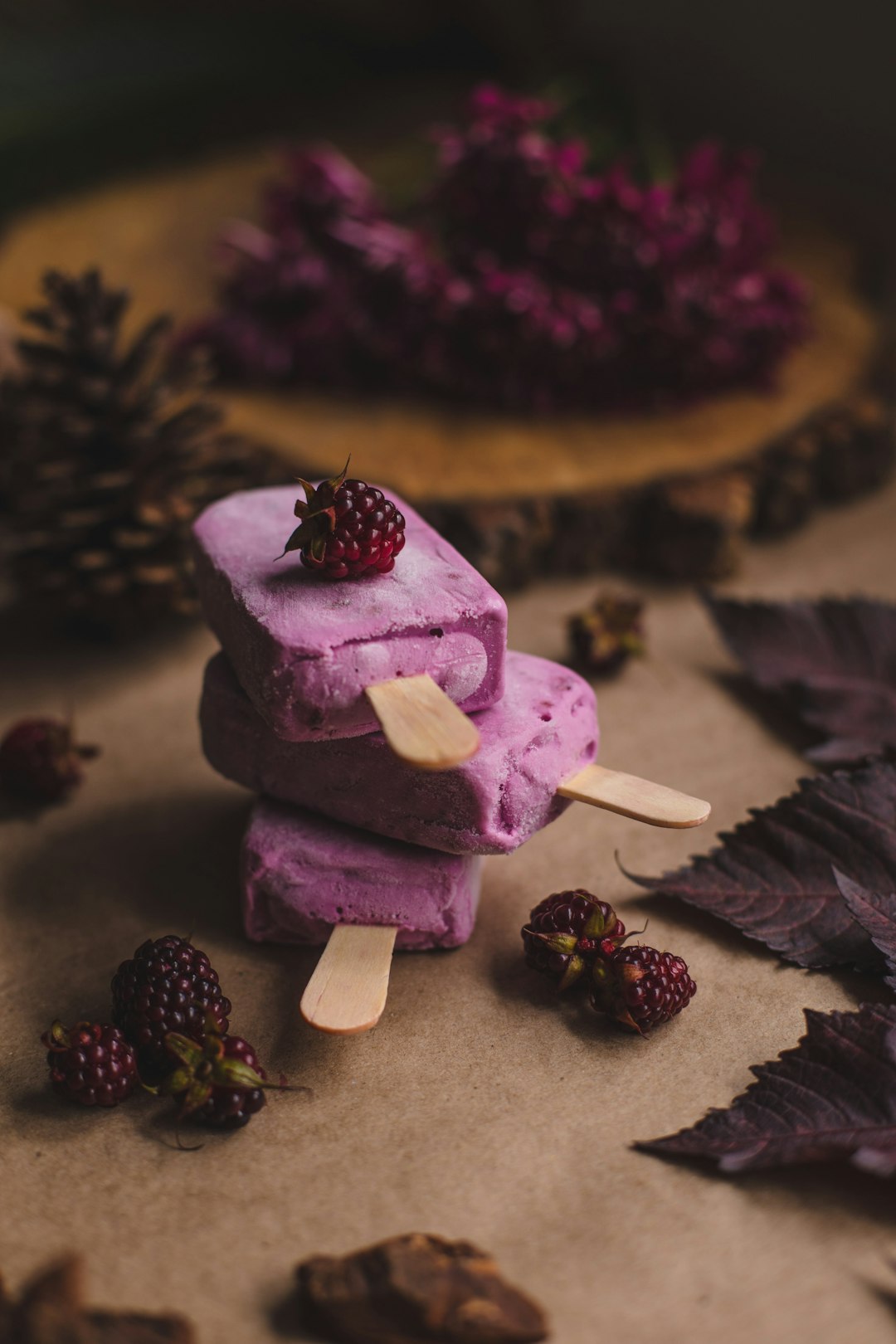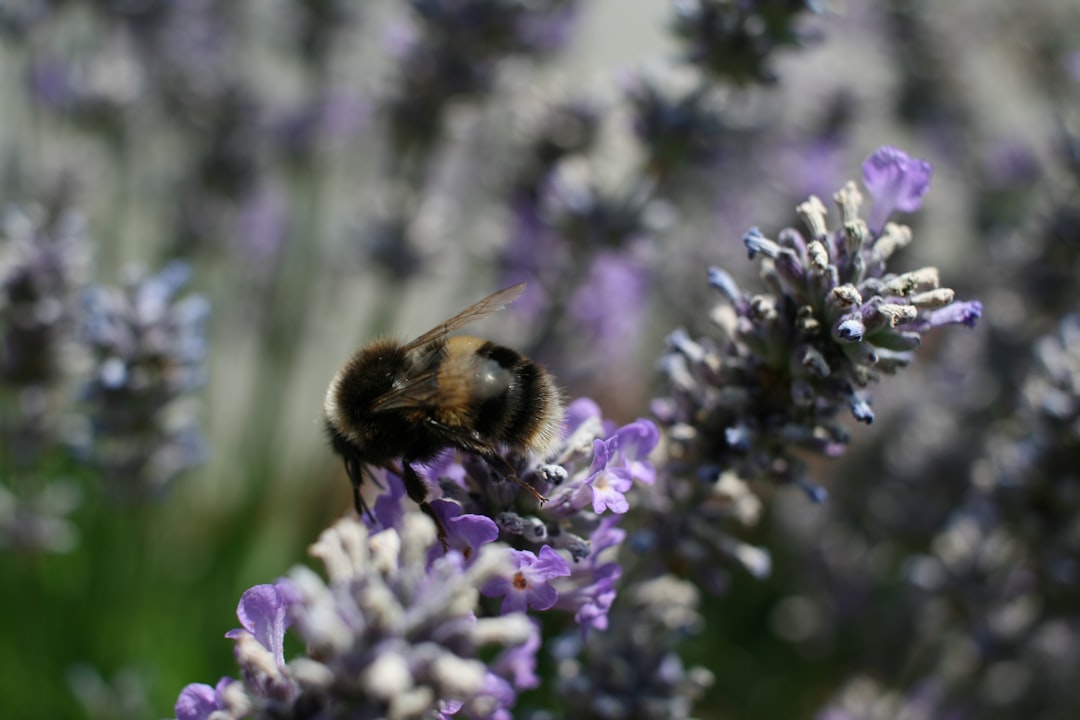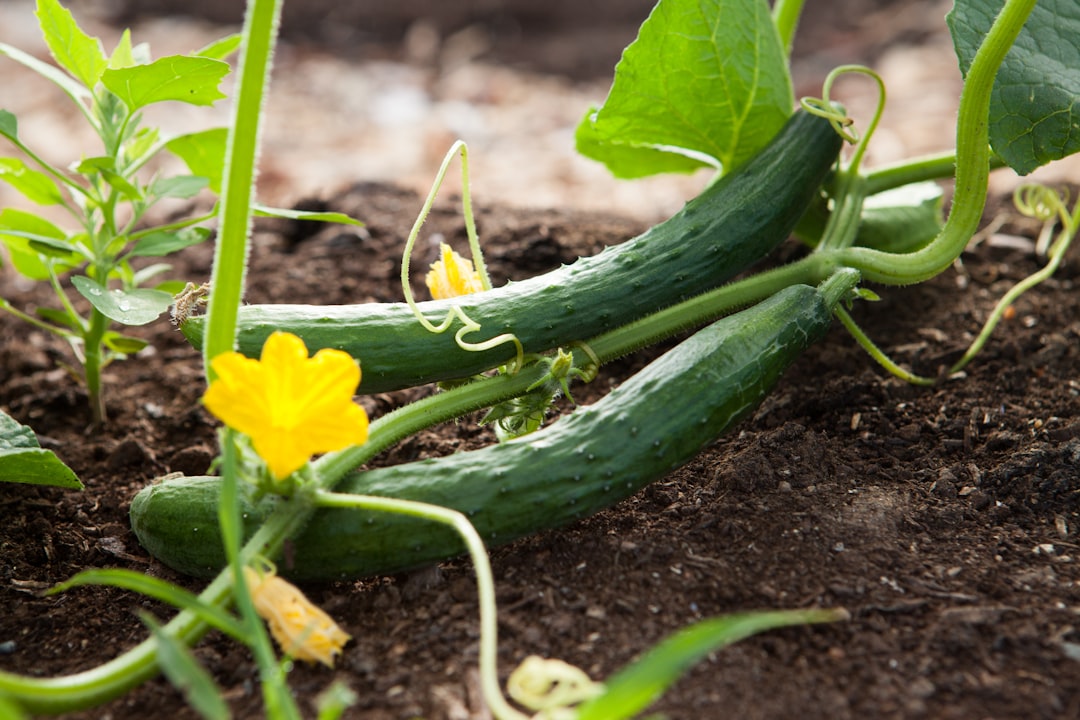
Annual flowers bring a burst of color and vitality to any garden, and among them, the parrot's beak stands out as a truly unique and captivating choice. This tropical plant, with its lacy silver foliage, offers not only aesthetic appeal but also versatility in garden design. Whether you're a seasoned gardener or just starting out, learning to grow parrot's beak can be a rewarding experience.
Parrot's beak, scientifically known as Lotus berthelotii, is native to the Canary Islands. Its name is derived from the shape of its flowers, which resemble the beak of a parrot. The plant typically grows to a height of about 6 to 12 inches and spreads up to 24 inches, making it an excellent choice for ground cover or as a trailing plant in hanging baskets or containers.
One of the most striking features of parrot's beak is its foliage. The lacy silver leaves add a touch of elegance and contrast to the vibrant colors of other flowers in the garden. The leaves are finely divided, giving them a delicate and airy appearance. In addition to its visual appeal, the foliage also has a soft texture, making it a pleasure to touch.
When it comes to growing parrot's beak, it's important to provide the right conditions. This plant thrives in full sun to partial shade and prefers well-drained soil. It is relatively drought-tolerant once established, but regular watering is still necessary, especially during hot and dry periods. Overwatering can lead to root rot, so it's important to let the soil dry out slightly between waterings.
Parrot's beak can be propagated from seeds or cuttings. If you're starting from seeds, sow them indoors about 8 to 10 weeks before the last frost date. Keep the soil moist and warm, and the seeds should germinate within a few weeks. Once the seedlings have developed a few sets of true leaves, they can be transplanted outdoors. If you're using cuttings, take 3 to 4-inch stem cuttings from a healthy plant and remove the lower leaves. Dip the cut end in rooting hormone and plant it in a pot filled with moist potting soil. Keep the cutting in a warm and bright location, and it should root within a few weeks.
In terms of maintenance, parrot's beak is relatively low-maintenance. Deadheading the spent flowers will encourage the plant to produce more blooms. You can also trim the plant back in the fall to maintain its shape and promote new growth in the spring. Fertilizing the plant once a month during the growing season with a balanced fertilizer will help keep it healthy and vibrant.
Parrot's beak can be used in a variety of garden settings. As a ground cover, it can be planted in mass to create a carpet of silver foliage. It also looks great when planted along the edges of flower beds or pathways. In hanging baskets or containers, it can be combined with other trailing plants, such as petunias or lobelia, to create a beautiful and cascading display. The plant's unique flowers also make it a great addition to cut flower arrangements.
In conclusion, parrot's beak is a wonderful annual flower that offers both beauty and versatility. Its lacy silver foliage and unique flowers make it a standout in any garden. By providing the right growing conditions and a little bit of maintenance, you can enjoy the charm of parrot's beak in your garden year after year.
New






